Filter by

Coastal Management in Australia
The coast is one of our most valuable assets but how is it being treated and what is being done to look after it? Coastal Management in Australia is the first book to provide a comprehensive overview of this important subject. Interesting case studies are used to illustrate human impact on coastal processes as well as demonstrating the global significance of the coast and the international impe…
- Edition
- -
- ISBN/ISSN
- 9780980723038
- Collation
- -
- Series Title
- -
- Call Number
- -
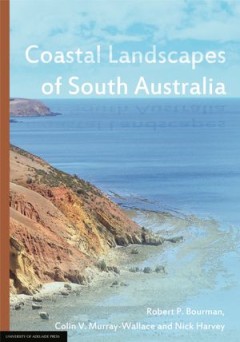
Coastal Landscapes of South Australia
This book aims to assist people in interpreting coastal landforms in South Australia, revealing how the coast has evolved and is continuing to do so under the influences of a range of processes acting upon a variety of geological settings. South Australian coastal landforms include cliffs, rocky outcrops and shore platforms, mangrove woodlands, mudflats, estuaries, extensive sandy beaches, coas…
- Edition
- -
- ISBN/ISSN
- -
- Collation
- -
- Series Title
- -
- Call Number
- -
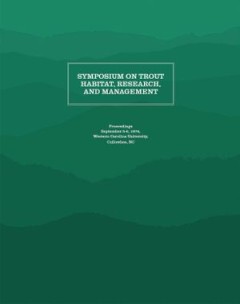
Symposium on Trout Habitat
This publication is the proceedings from a symposium on trout habitat held in 1974 at Western Carolina University in Cullowhee, North Carolina on trout habitat in the Southern Appalachians. Research and management issues were addressed, including challenges to trout habitats such as deforestation, fire, overgrazing, dams, mining, urban and industrial waste, road construction, and poor agricultu…
- Edition
- -
- ISBN/ISSN
- 9781469636511
- Collation
- -
- Series Title
- -
- Call Number
- -

The Chernobyl Herbarium
We entrust readers with thirty fragments of reflections, meditations, recollections, and images — one for each year that has passed since the explosion that rocked and destroyed a part of the Chernobyl nuclear power station in April 1986. The aesthetic visions, thoughts, and experiences that have made their way into this book hover in a grey region between the singular and self-enclosed, on t…
- Edition
- -
- ISBN/ISSN
- 9781785420269
- Collation
- -
- Series Title
- -
- Call Number
- -
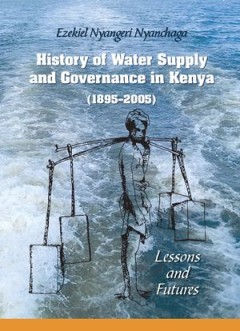
History of Water Supply and Governance in Kenya (1895-2005) Lessons and Futures
This book on the History of Water Development in Kenya transverses through a matrix of infrastructural development, administration, policy, legal and legislation framework, and evolution of various water supply technologies in an inimitably comprehensive approach. The book has carefully constructed the development over one century timeline of water supply and provided the future prediction of t…
- Edition
- -
- ISBN/ISSN
- 9789520300593
- Collation
- -
- Series Title
- -
- Call Number
- -
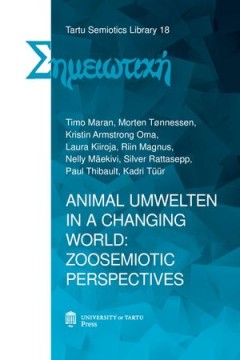
Animal Umwelten in a Changing World
The book raises semiotic questions of human–animal relations: what is the semiotic character of different species, how humans endow animals with meaning, and how animal sign exchange and communication has coped with environmental change. The book takes a zoosemiotic approach and considers different species as being integrated with the environment via their specific umwelt or subjective percep…
- Edition
- -
- ISBN/ISSN
- 9789949772810
- Collation
- -
- Series Title
- -
- Call Number
- -

Species composition and distribution of the dipterans (Insecta: Diptera) in B…
The Bulgarian dipteran fauna has been studied for 160 years (Löw 1862). Since then, a vast material of faunistic data concerning the territory of Bulgaria has been accumulated. During the last 70 years, different parts of the country are under landscape changes and anthropogenic impact. Changes in the natural communities are caused by some alien species, introduced in the last 100 years. The e…
- Edition
- -
- ISBN/ISSN
- 9786192480516
- Collation
- -
- Series Title
- -
- Call Number
- -
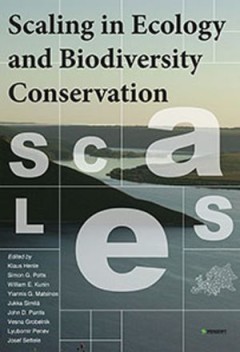
Scaling in Ecology and Biodiversity Conservation
The 5-year EU project project Securing the Conservation of biodiversity across Administrative Levels and spatial, temporal, and Ecological Scales (SCALES) has come to an end in July 2014 resulting in a first of its kind description of challenges that arise in protecting biodiversity across different scales. A wide range of practical methods and recommendations to improve conservation at region…
- Edition
- -
- ISBN/ISSN
- 9789546427403
- Collation
- -
- Series Title
- -
- Call Number
- -
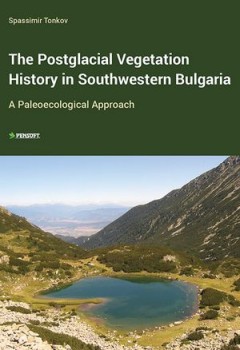
The Postglacial Vegetation History in Southwestern Bulgaria
This book presents the results from the palynological and paleoecological studies conducted with my participation in Southwestern Bulgaria during the period 1985-2020. The study area has always played a key role in the investigation of the Late Quaternary vegetation history in Bulgaria since the middle of the past century. With the development of the research methods (pollen analysis, determina…
- Edition
- -
- ISBN/ISSN
- 9786192480448
- Collation
- -
- Series Title
- -
- Call Number
- -
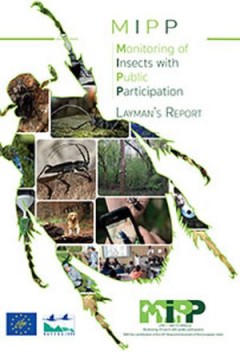
Monitoring of Insects with Public Participation. Layman’s Report
The main objective of the LIFE project Monitoring of Insect with Public Participation (MIPP) is to develop and test methods for the monitoring of five species of beetles listed in Annexes II and IV of the Habitats Directive (Osmoderma eremita, Lucanus cervus, Cerambyx cerdo, Rosalia alpina and Morimus funereus). A second objective of the project is the collection of faunistic data, gathered by …
- Edition
- -
- ISBN/ISSN
- 9789546428844
- Collation
- -
- Series Title
- -
- Call Number
- -
 Computer Science, Information & General Works
Computer Science, Information & General Works  Philosophy & Psychology
Philosophy & Psychology  Religion
Religion  Social Sciences
Social Sciences  Language
Language  Pure Science
Pure Science  Applied Sciences
Applied Sciences  Art & Recreation
Art & Recreation  Literature
Literature  History & Geography
History & Geography